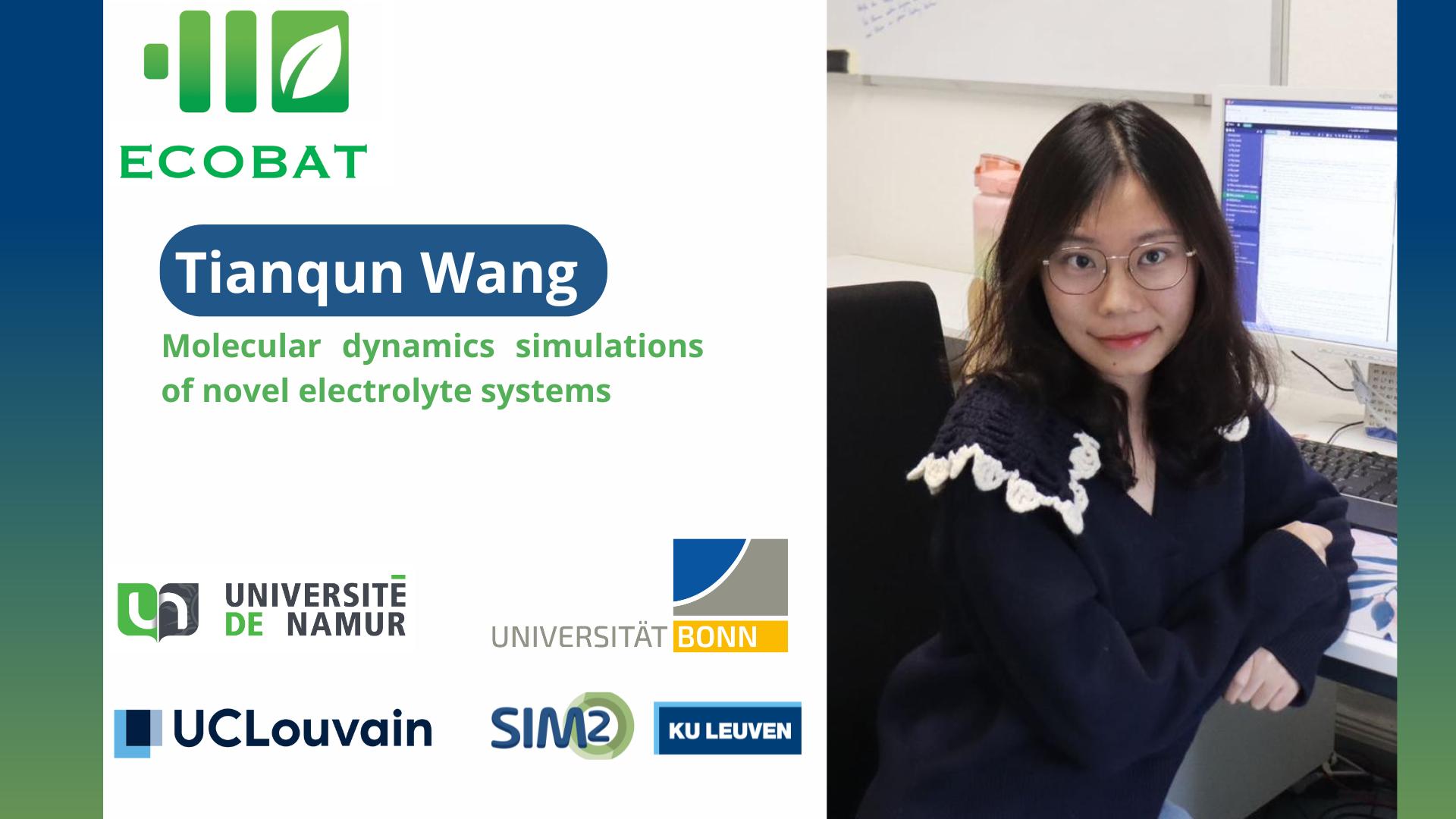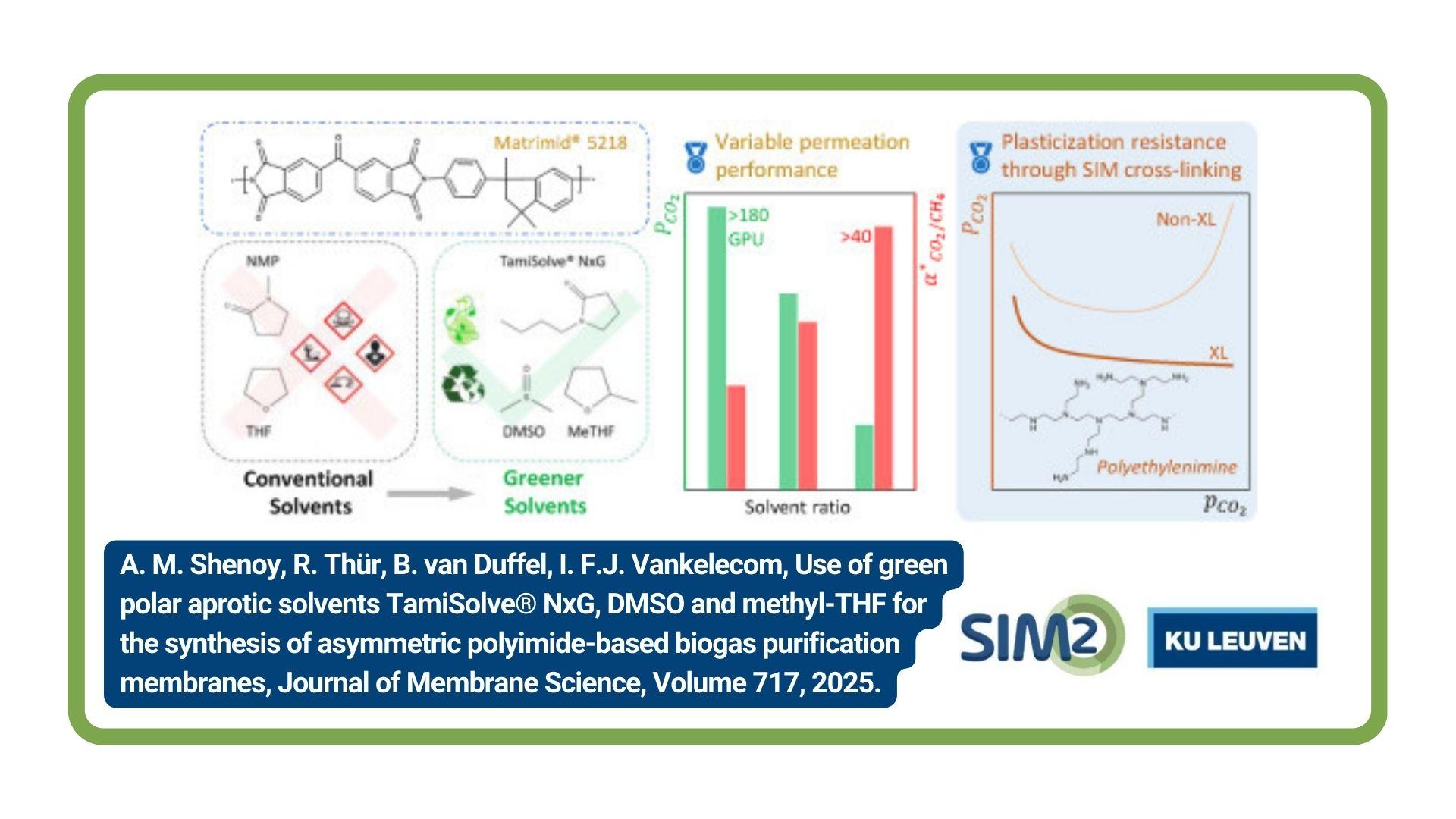The potential of microfluidic reactors, small capillary channels, to intensify mass transfer processes has been proven extensively over the last decades. In essence, liquid-liquid processes can be conducted 10—100 times faster with 1—10% of the energy requirements. These improvements imply that the same extraction process can be conducted with only 1—5% of the solvent used in the current mixer-settlers. However, this would require operating over 10 000 reactors in parallel, which is referred to as scale-up by numbering-up.
Limiting the auxiliary equipment is only possible if internal structures are used to distribute the liquid equally over all parallel reactors. Liquids tend to distribute unevenly between reactors in these structures, resulting in only a few successful publications. Furthermore, different, specialized, manufacturing techniques were implemented to achieve numbering-up, hampering widespread implementation. In contrast, capillary tubes are commercially available and 3D printing has become an accessible manufacturing technique.
In this work, we show that numbering-up structures, or manifolds, cannot be produced from commercial capillary tubes or 3D printing alone. However, manifolds constructed with stereolithography (SLA) in combination with capillary tubes yielded reproducible performance and a liquid maldistribution below 5%. Thus, we propose a convenient manifold, constructed only from accessible parts, that can reliably number-up microfluidic reactors. The current manifold is far from the required 10 000 channels, but the accessibility of our design is an important step towards this goal. In addition, this work illustrates the potential of 3D printing in research environments, enabling quick prototyping and the production of otherwise inaccessible parts.
Full reference paper: Joren van Stee, Filip Keppens, Jinu Joseph John, Koen Binnemans, Tom Van Gerven, Can 3D printing solve the numbering-up challenge of microfluidic reactors? Chemical Engineering Research and Design 2023, 197, 127–135. DOI: 10.1016/j.cherd.2023.07.022.
Acknowledgments
The authors thank the KU Leuven for financial support (Project C24/18/042, ISOMER), in addition, Joren van Stee thanks FWO-Flanders for a SB PhD fellowship (1S47720N).





